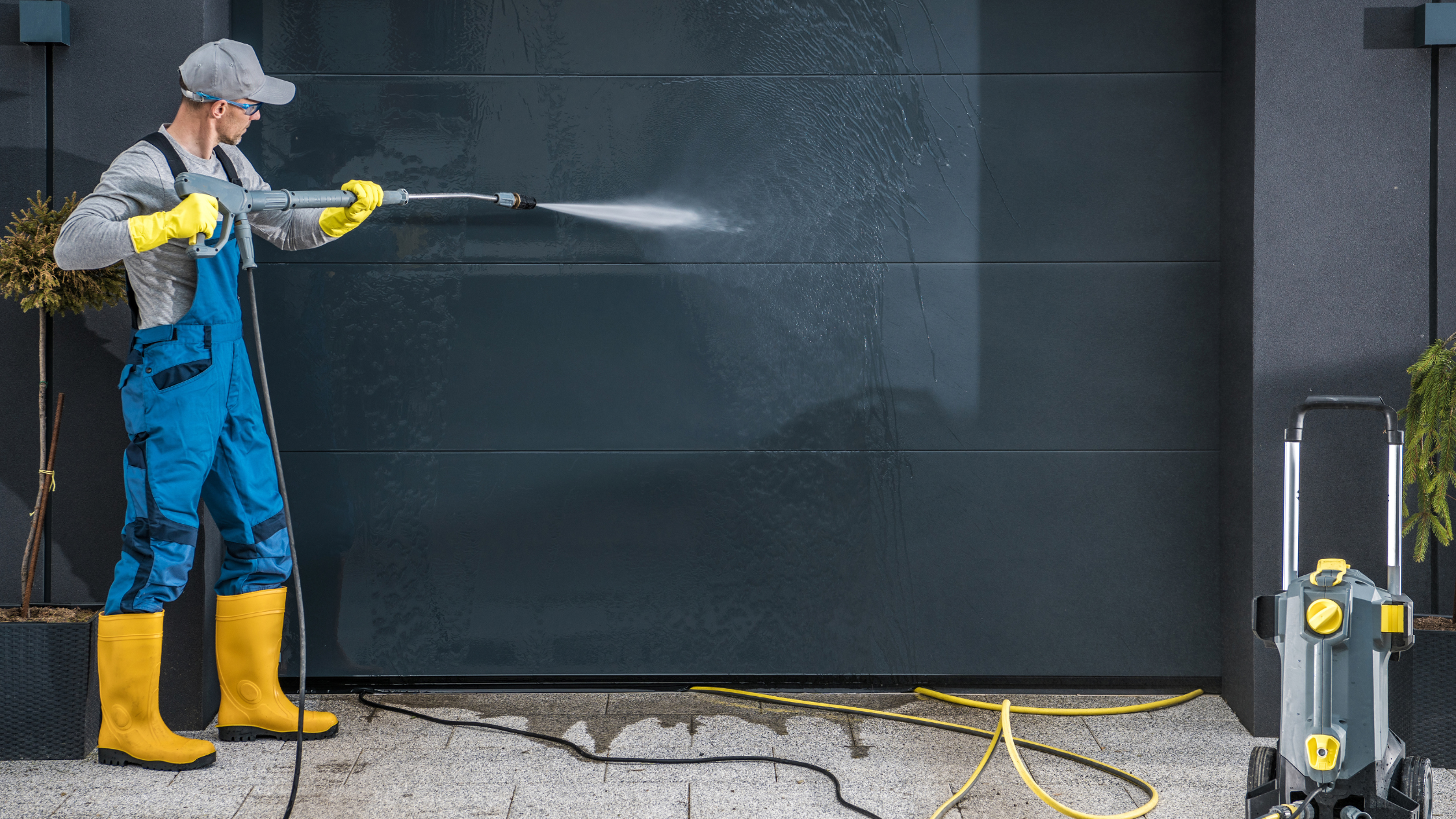Being a responsible homeowner means caring for your biggest investment. One of the best ways to do this is by performing regular seasonal inspections. These inspections help you identify necessary maintenance and repairs to keep your home in top shape. Each season brings different weather conditions that can impact your home, so it's crucial to address specific tasks accordingly.
This article provides a seasonal home maintenance checklist. It includes a mix of DIY and professional tasks to help you maintain your home's peak condition year-round.
Spring Home Maintenance Checklist
Spring Exterior Tasks
-
Check wood siding for peeling or flaking paint, wood rot, protruding nails, and lifted siding.
-
Look for holes or small crevices where animals could have invaded.
-
Evaluate caulking around windows, doors, and other entry points for bugs or animals.
-
Inspect for settling cracks in the foundation and cracks in concrete steps, walkways, and driveway.
-
Check the roof for missing or damaged shingles and clean gutters.
-
Spray for bugs around the exterior of the home, paying special attention to potential termite damage.
-
Inspect window screens for damage, wash windows, and clean exterior window tracks.
-
Clean, reseal, or re-paint/re-stain exterior decks.
-
Have a professional powerwash your home's exterior.
-
Ensure proper grading around your home and redirect downspouts away from the foundation to lessen risks of water damage.
-
Reseal asphalt driveways if needed.
-
Inspect exterior sprinkler heads and systems if needed.
-
Mow areas where weeds have overgrown.
Spring Interior Tasks
-
Check for dampness or musty smells throughout the home, including closets and closed-off spaces.
-
Inspect for water and weather damage inside and outside storage sheds. Replace the weather stripping if necessary.
-
Have the HVAC system checked by a professional. Verify your air conditioning is still functional before the weather gets too hot. Consider hiring a professional to tune up your central air system.
-
 Replace HVAC filters, standing air filters, and humidifier filters.
Replace HVAC filters, standing air filters, and humidifier filters. -
Clean and reverse the direction of your ceiling fans.
-
Deep clean your home, paying attention to areas prone to dust and germs. Don’t forget to clean the lint trap on your washer/dryer, clean out the garbage disposal, etc. They don’t say “spring cleaning” for nothing!
-
Replace window and door screens and tighten loose screws.
-
Touch up or repaint interior walls.
-
Maintain interior seals and caulking.
-
Inspect the garage door's track and springs for proper functioning.
-
Remove any remains from a wood-burning fireplace and clean out any buildup.
-
Clean showerheads of grime and sediment buildup.

Download Your Copy Here
Summer Home Maintenance
Summer Exterior Tasks
-
Check trees and landscaping for potential hazards and hire a professional to trim or remove dead limbs.
-
Remove cutback trees or shrubs within 6 inches of your exterior structure to eliminate bug intrusion.
-
Inspect and clean outdoor furniture, grill, and exterior lighting fixtures.
-
Eliminate any standing water that could harbor mosquito larvae.
-
Remove bird and insect nests from your house.
-
Consider painting exterior parts of your home or deck if necessary.
Summer Interior Tasks
-
Check carbon monoxide detectors and smoke detectors, replacing batteries if necessary.
-
Thaw or defrost the freezer and deep clean the fridge.
-
Test GFCI outlets to ensure they are working properly.
-
Flush the hot water heater to remove sediment.
-
Test and repair blinds or shades to control sunlight.
Discover how to choose the right materials for the exterior of your home: "Brick, Stone, Stucco, and more. Discover the Ultimate Guide to Choosing the Perfect Exterior Material for Your Home."
Fall Home Maintenance Checklist
Fall Exterior Tasks
-
Insulate pipes, exterior faucets, and hose bibs.
-
Locate the shut-off valves for your outdoor water hoses and turn them off. Drain the hoses completely and insulate them if needed to protect them from freezing in extreme cold weather.
- Store garden hoses away.
-
Clear debris off the roof and in gutters. Inspect the roof to ensure there aren't broken or missing shingles.
-
Check the HVAC system before switching from the air conditioner to heat.
-
Have the fireplace or chimney inspected and cleaned if necessary.
-
If possible, put away outdoor furniture cushions in a weather-proof space and cover furniture frames and grill.
- If you have a wooden deck or patio, add a fresh sealant coating to protect it in cold and wet weather.
-
Spray for bugs outside the exterior of your home.
-
Rake leaves away from your home's foundation.
-
Inspect stormwater drainage for potential issues.
-
Remove any icicle buildups or ice dams created during cold weather.
- Drain gasoline from your lawn equipment and store them in a weather-proof space like a shed or garage.
- Ensure snow removal equipment and de-icing agents like salt are within reach.
Fall Interior Tasks
-
Check and weatherize your home for air leaks around windows, doors, and vents.
-
Clean the dryer vent.
-
Clean the sump pump and pit if applicable.
-
Verify fire extinguishers are still in service.
-
Note how often your furnace filter needs to be replaced, and add a reminder to your phone or smart thermostat.
-
Have your heating system inspected and tuned up.
-
Have your water softener inspected and tuned up if needed.
- Reverse your ceiling fans to force warm air down.
Winter Home Maintenance
Winter Exterior Tasks
-
Blow water out of the outdoor sprinkler system to prevent freezing and potential line damage.
-
Address potential hazards promptly to avoid winter discomfort. If you discover any issues that could endanger you or your home, call a professional immediately.
Winter Interior Tasks
-
Ensure pipes near exterior walls are safe from freezing by keeping cabinet doors open during extremely cold weather.
-
Hire a plumber to check internal plumbing and clear any clogs.
-
Ensure interior plumbing and valves are not leaking.
Protect Your Biggest Investment
Keeping up with seasonal home maintenance tasks helps protect your home and avoid emergency repairs during inconvenient weather conditions. By adopting a proactive strategy and conducting regular inspections, you can address small home improvement issues before they become major problems.
Consider hiring a professional offering seasonal maintenance inspection services to ensure thorough and regular upkeep. It is always recommended to consult with professionals for specific maintenance requirements based on your home's location and unique needs.
For more detailed information on routine home maintenance, download our eBook, "Redefining Home Maintenance: The Proactive & Essential Guide for Homeowners."





















